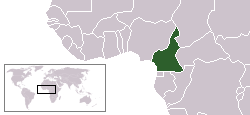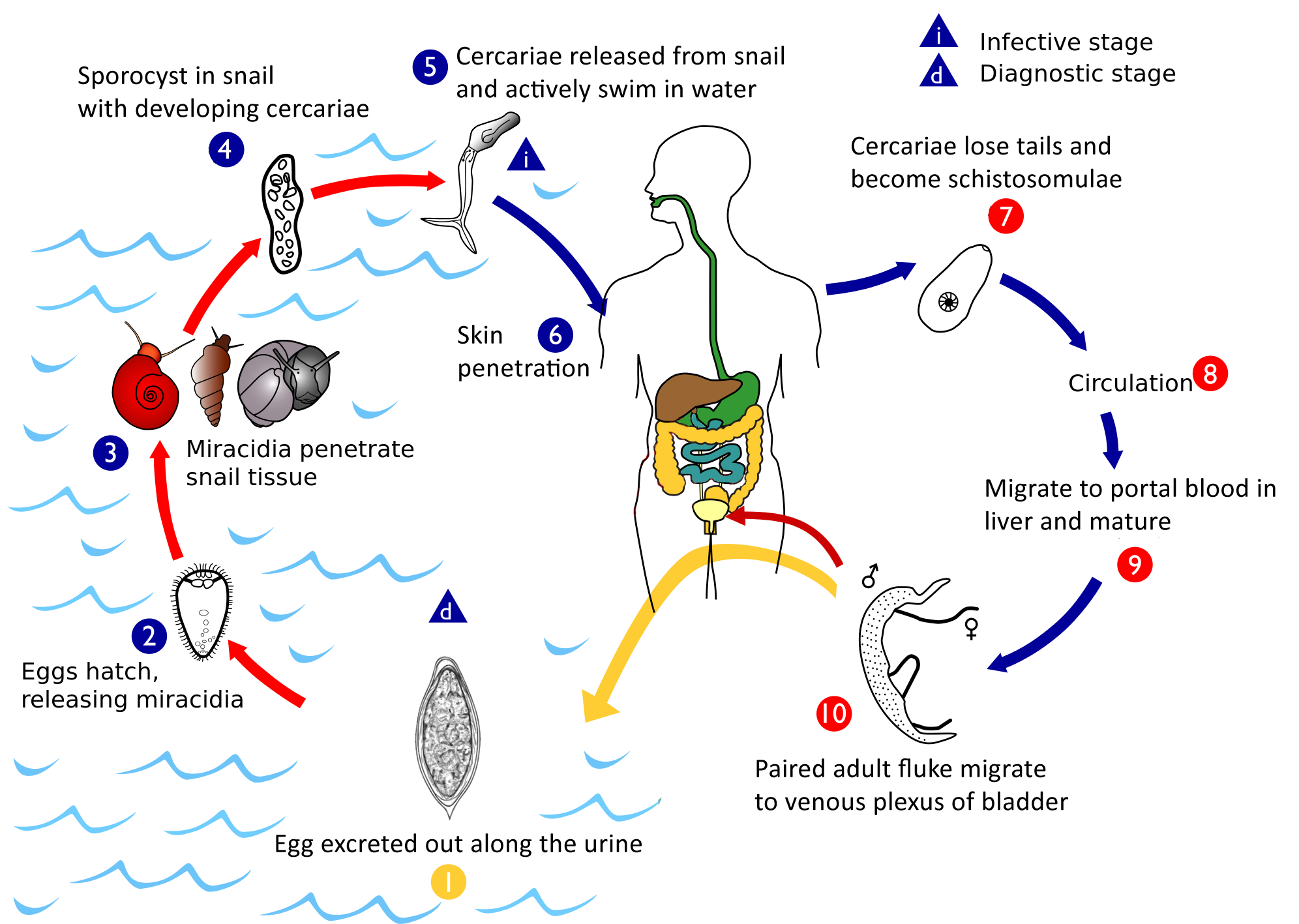|
Bulinus Forskalii
''Bulinus forskalii'' is a species of tropical freshwater snail with a sinistral shell, an aquatic gastropod mollusk in the family Bulinidae, the ramshorn snails and their allies.MolluscaBase eds. (2020). MolluscaBase. Bulinus forskalii (Ehrenberg, 1831). Accessed through: World Register of Marine Species at: http://www.marinespecies.org/aphia.php?p=taxdetails&id=1058686 on 2020-06-27 Distribution ''Bulinus forskalii'' is an afrotropical species which occurs in number of countries in Africa: * Northern Africa: only in Egypt and Sudan. * Western Africa: Benin, Burkina Faso, Côte d'Ivoire, Gambia, Ghana, Guinea, Guinea-Bissau, Liberia, Mali, Niger, Senegal Sarr A., Kinzelbach R. & Diouf M. (2011, in press). "Diversité spécifique et écologie des mollusques continenatux de la basse vallée du Ferlo (Sénégal). pecific diversity and ecology of continental molluscs from the Lower Ferlo Valley (Senegal). ''MalaCo'' 7: 8 ppPDF. and Togo. * Eastern Africa: Burundi, Ethiopia, ... [...More Info...] [...Related Items...] OR: [Wikipedia] [Google] [Baidu] |
Christian Gottfried Ehrenberg
Christian Gottfried Ehrenberg (19 April 1795 – 27 June 1876) was a German naturalist, zoologist, comparative anatomist, geologist, and microscopist. Ehrenberg was an evangelist and was considered to be of the most famous and productive scientists of his time. Early collections The son of a judge, Christian Gottfried Ehrenberg was born in Delitzsch, near Leipzig. He first studied theology at the University of Leipzig, then medicine and natural sciences in Berlin and became a friend of the famous explorer Alexander von Humboldt. In 1818, he completed his doctoral dissertation on fungi, ''Sylvae mycologicae Berolinenses.'' In 1820–1825, on a scientific expedition to the Middle East with his friend Wilhelm Hemprich, he collected thousands of specimens of plants and animals. He investigated parts of Egypt, the Libyan Desert, the Nile valley and the northern coasts of the Red Sea, where he made a special study of the corals. Subsequently, parts of Syria, Arabia and Abyss ... [...More Info...] [...Related Items...] OR: [Wikipedia] [Google] [Baidu] |
List Of Non-marine Molluscs Of Cameroon
The non-marine molluscs of Cameroon are a part of the molluscan fauna of Cameroon (wildlife of Cameroon). A number of species of non-marine molluscs are found in the wild in Cameroon. Freshwater gastropods Thiaridae * '' Cleopatra bulimoides'' (Olivier, 1804) * ''Melanoides tuberculata'' (Müller, 1774) Ampullariidae * '' Lanistes ovum'' Peters, 1845 * '' Pila wernei'' (Philippi, 1851) Planorbidae * ''Biomphalaria camerunensis'' (C.R. Boettger, 1941)Alvine C. Kengne-Fokam, Hugues C. Nana-Djeunga, Félicité F. Djuikwo-Teukeng & Flobert Njiokou (2016). "Analysis of mating system, fecundity, hatching and survival rates in two Schistosoma mansoni intermediate hosts (Biomphalaria pfeifferi and Biomphalaria camerunensis) in Cameroon.". Parasites Vectors 9(10): 2-9. https://doi.org/10.1186/s13071-015-1285-4 * ''Biomphalaria pfeifferi'' (Krauss, 1848)A. Ndassa & R. Mimpfoundi (2005). "The Mollusca inhabiting rice fields in northern Cameroon and their role as intermediate hosts f ... [...More Info...] [...Related Items...] OR: [Wikipedia] [Google] [Baidu] |
Schistosoma Haematobium
''Schistosoma haematobium'' (urinary blood fluke) is a species of digenetic trematode, belonging to a group (genus) of blood flukes (''Schistosoma''). It is found in Africa and the Middle East. It is the major agent of schistosomiasis, the most prevalent parasitic infection in humans. It is the only blood fluke that infects the urinary tract, causing urinary schistosomiasis, and is the leading cause of bladder cancer (only next to tobacco smoking). The diseases are caused by the eggs. Adults are found in the venous plexuses around the urinary bladder and the released eggs travels to the wall of the urine bladder causing haematuria and fibrosis of the bladder. The bladder becomes calcified, and there is increased pressure on ureters and kidneys otherwise known as hydronephrosis. Inflammation of the genitals due to ''S. haematobium'' may contribute to the propagation of HIV. ''S. haematobium'' was the first blood fluke discovered. Theodor Bilharz, a German surgeon working in Cair ... [...More Info...] [...Related Items...] OR: [Wikipedia] [Google] [Baidu] |
Schistosoma Intercalatum
''Schistosoma intercalatum'' is a parasitic worm found in parts of western and central Africa. There are two strains: the Lower Guinea strain and the Zaire strain. ''S. intercalatum'' is one of the major agents of the rectal form of schistosomiasis, also called bilharzia. It is a trematode, and being part of the genus ''Schistosoma'', it is commonly referred to as a blood-fluke since the adult resides in blood vessels. Humans are the definitive host and two species of freshwater snail make up the intermediate host, ''Bulinus forskalii'' for the Lower Guinea strain and ''Bulinus africanus'' for the Zaire strain.Tchuem Tchuenté LA, Southgate, VR, Jourdane J, Webster BL, Vercruysse J (2003) ''Schistosoma intercalatum'': an endangered species in Cameroon? ''Trends Parasitol'' 19: 141-153. Morphology The clinically defining characteristic of most schistosome species are their eggs' size and shape. The eggs of ''Schistosoma intercalatum'' have a terminal spine and tend to be moder ... [...More Info...] [...Related Items...] OR: [Wikipedia] [Google] [Baidu] |
Schistosoma Guineensis
''Schistosoma'' is a genus of trematodes, commonly known as blood flukes. They are parasitic flatworms responsible for a highly significant group of infections in humans termed ''schistosomiasis'', which is considered by the World Health Organization as the second-most socioeconomically devastating parasitic disease (after malaria), with hundreds of millions infected worldwide. Adult flatworms parasitize blood capillaries of either the mesenteries or plexus of the bladder, depending on the infecting species. They are unique among trematodes and any other flatworms in that they are dioecious with distinct sexual dimorphism between male and female. Thousands of eggs are released and reach either the bladder or the intestine (according to the infecting species), and these are then excreted in urine or feces to fresh water. Larvae must then pass through an intermediate snail host, before the next larval stage of the parasite emerges that can infect a new mammalian host by directly p ... [...More Info...] [...Related Items...] OR: [Wikipedia] [Google] [Baidu] |
Self-fertilization
Autogamy, or self-fertilization, refers to the fusion of two gametes that come from one individual. Autogamy is predominantly observed in the form of self-pollination, a reproductive mechanism employed by many flowering plants. However, species of protists have also been observed using autogamy as a means of reproduction. Flowering plants engage in autogamy regularly, while the protists that engage in autogamy only do so in stressful environments. Occurrence Protists ''Paramecium aurelia'' ''Paramecium aurelia'' is the most commonly studied protozoan for autogamy. Similar to other unicellular organisms, ''Paramecium aurelia'' typically reproduce asexually via binary fission or sexually via cross-fertilization. However, studies have shown that when put under nutritional stress, ''Paramecium aurelia'' will undergo meiosis and subsequent fusion of gametic-like nuclei. This process, defined as hemixis, a chromosomal rearrangement process, takes place in a number of steps. First, the ... [...More Info...] [...Related Items...] OR: [Wikipedia] [Google] [Baidu] |
Hermaphroditic
In reproductive biology, a hermaphrodite () is an organism that has both kinds of reproductive organs and can produce both gametes associated with male and female sexes. Many taxonomic groups of animals (mostly invertebrates) do not have separate sexes. In these groups, hermaphroditism is a normal condition, enabling a form of sexual reproduction in which either partner can act as the female or male. For example, the great majority of tunicates, pulmonate molluscs, opisthobranch, earthworms, and slugs are hermaphrodites. Hermaphroditism is also found in some fish species and to a lesser degree in other vertebrates. Most plants are also hermaphrodites. Animal species having different sexes, male and female, are called gonochoric, which is the opposite of hermaphrodite. There are also species where hermaphrodites exist alongside males (called androdioecy) or alongside females (called gynodioecy), or all three exist in the same species (called trioecy); these three systems are so ... [...More Info...] [...Related Items...] OR: [Wikipedia] [Google] [Baidu] |
Substratum
In linguistics, a stratum (Latin for "layer") or strate is a language that influences or is influenced by another through contact. A substratum or substrate is a language that has lower power or prestige than another, while a superstratum or superstrate is the language that has higher power or prestige. Both substratum and superstratum languages influence each other, but in different ways. An adstratum or adstrate is a language that is in contact with another language in a neighbor population without having identifiably higher or lower prestige. The notion of "strata" was first developed by the Italian linguist Graziadio Isaia Ascoli (1829–1907), and became known in the English-speaking world through the work of two different authors in 1932. Thus, both concepts apply to a situation where an intrusive language establishes itself in the territory of another, typically as the result of migration. Whether the superstratum case (the local language persists and the intrusive languag ... [...More Info...] [...Related Items...] OR: [Wikipedia] [Google] [Baidu] |
Habitat
In ecology, the term habitat summarises the array of resources, physical and biotic factors that are present in an area, such as to support the survival and reproduction of a particular species. A species habitat can be seen as the physical manifestation of its ecological niche. Thus "habitat" is a species-specific term, fundamentally different from concepts such as environment or vegetation assemblages, for which the term "habitat-type" is more appropriate. The physical factors may include (for example): soil, moisture, range of temperature, and light intensity. Biotic factors will include the availability of food and the presence or absence of predators. Every species has particular habitat requirements, with habitat generalist species able to thrive in a wide array of environmental conditions while habitat specialist species requiring a very limited set of factors to survive. The habitat of a species is not necessarily found in a geographical area, it can be the interior ... [...More Info...] [...Related Items...] OR: [Wikipedia] [Google] [Baidu] |
List Of Non-marine Molluscs Of Madagascar
The non-marine molluscs of Madagascar are a part of the molluscan fauna of Madagascar (wildlife of Madagascar). In tropical rainforests of Madagascar, there is high diversity of species of terrestrial gastropods and many species has low population density, so many of them are "extremely rare". About 50% of land snails in Madagascar are related to land snails in Africa. Freshwater gastropods Pachychilidae the genus '' Madagasikara'' is endemic to Madagascar, 5 species * ''Madagasikara spinosa'' (Lamarck, 1822) – the previously used name ''Melanatria fluminea'' being not valid, endemic * ''Madagasikara madagascariensis'' (Grateloup, 1840) – endemic * ''Madagasikara johnsoni'' (E. A. Smith, 1882) – endemic * ''Madagasikara vivipara'' Köhler & Glaubrecht, 2010 – endemic * ''Madagasikara zazavavindrano'' Köhler & Glaubrecht, 2010 – endemic * ''Madagasikara vazimba'' Köhler & Glaubrecht, 2010 – endemic Planorbidae – there are 4 species of ''Bulinus:. * '' Bulinu ... [...More Info...] [...Related Items...] OR: [Wikipedia] [Google] [Baidu] |




